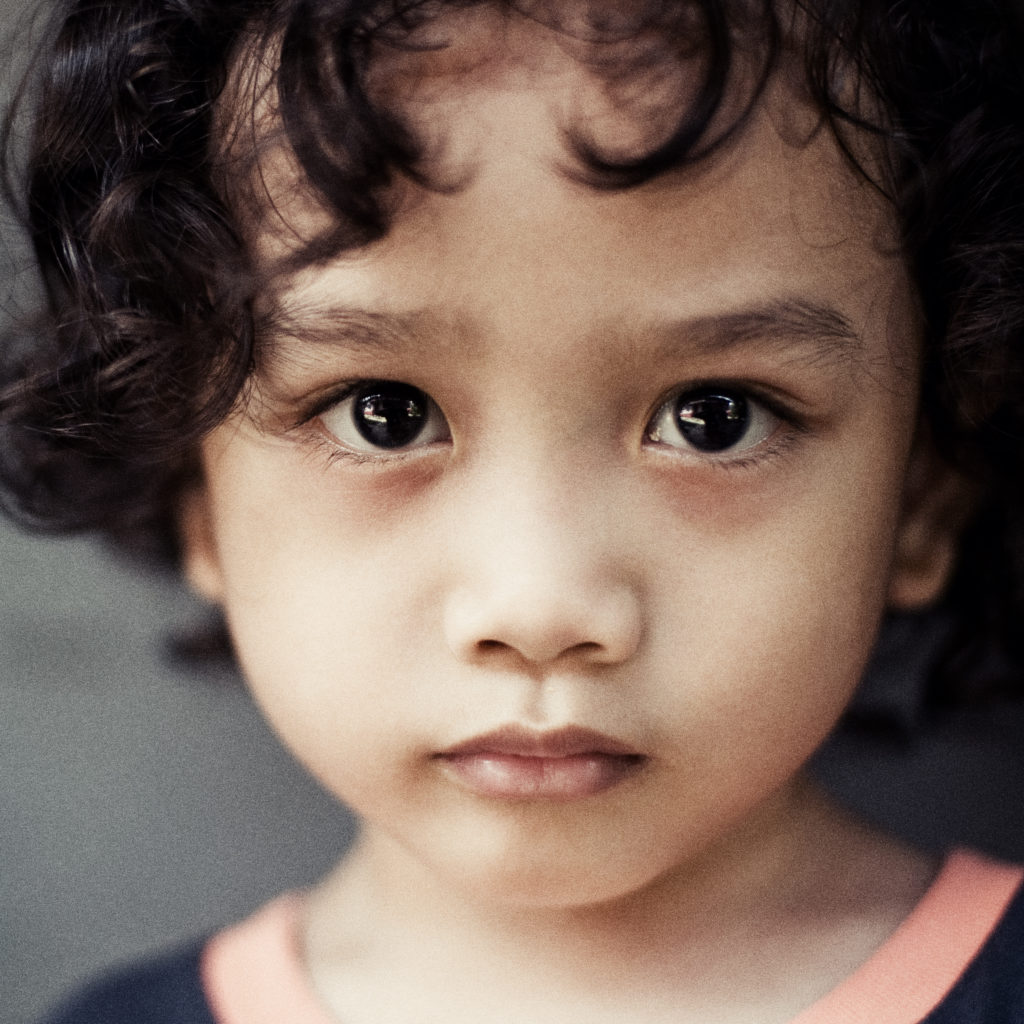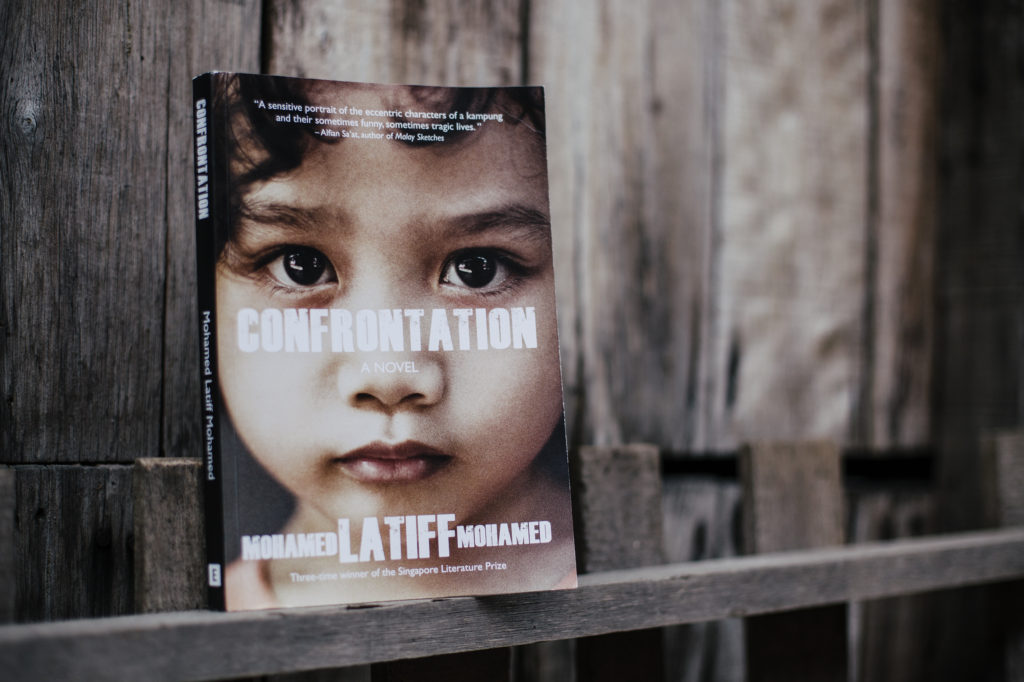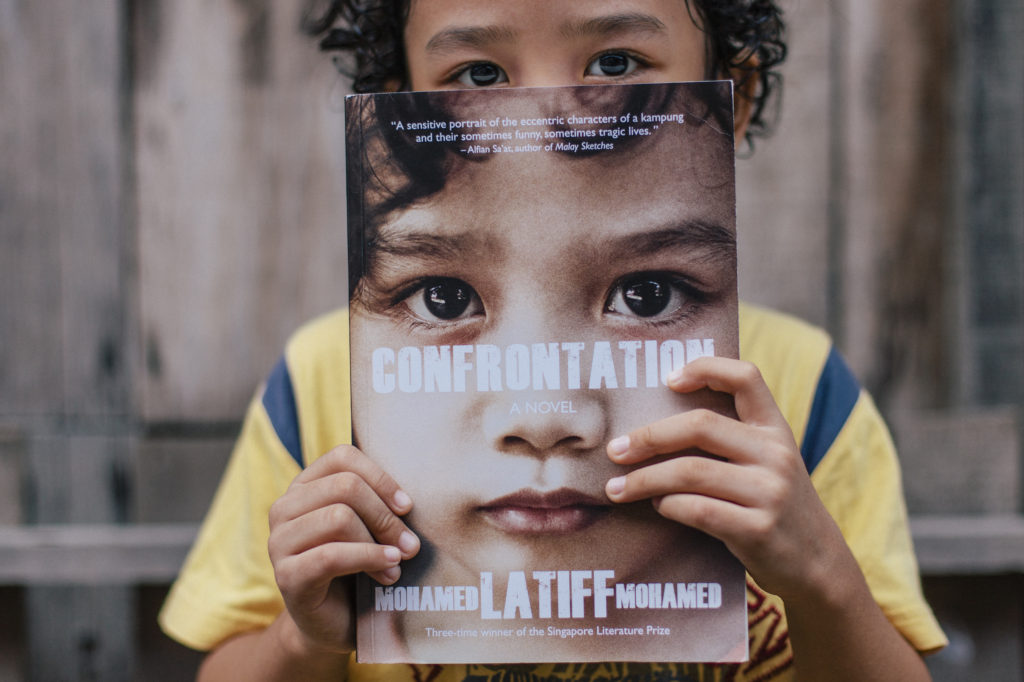Photography Tips On How To Get Your Photography Noticed



© 2013 Wazari Wazir | HaiQal Photograph on The Cover of CONFRONTATION Book
A lot has been said and written about getting your photograph noticed, among the suggestion is to enter photography forum, join photography contest, join photography exhibition and maybe talk to your favourite photography magazine about your photograph or tell them that you have a great photo essay that might be interesting for their readers.
All those things has their own merit on getting your photograph noticed out there, maybe in the end someone might wanted to buy your photograph or simply wanted to hire you to take a picture for them. The thing is, you need to published your picture somewhere to get noticed, nobody will noticed how good your photograph is if you just keep your photograph on your had disk.
Anyway it never occurred to me that someday might son picture will be on a book cover, even though deep down in my heart I hope so, I guess a lot of photographers will be delight to see their photograph on prints. That’s why a lot of photographers join photography contest in the magazine, even though they never win the contest but some magazine do feature some of the best photograph along side the winning image. I know how it felt when finally your photograph get printed on a glossy magazine.
Yes, there are many ways on how to get your photography noticed but what I wanted to share with you here is a little bit different or few have written about it. It is about key-wording, tagging and captioning. Most people use Google as their main search engine looking for something on the internet. We must know that Google can’t see image, all it can see is words, Google search through words, their spider web will crawl for keywords, that’s where SEO comes out, SEO is a Search Engine Optimization.
Search Engine Optimization (SEO) is the process of affecting the visibility of a website or a web page in a search engine’s “natural” or un-paid (“organic”) search results. In general, the earlier (or higher ranked on the search results page), and more frequently a site appears in the search results list, the more visitors it will receive from the search engine’s users.
Yes, you can use Google to search for “IMAGES” but you also must understand that, the “IMAGES” that Google search contains a keywords, normally the top “Images” that you found contain a blog titled or photo titled related to what you are searching for. For an example if your search “NEPAL,” normally the first Images that will appear on top of the Google search engine will have picture titled Nepal, Visit Nepal and so on and so on. You will never find Nepal image with a title as NEF12345.JPG as their picture title.
So if you wanted your photograph to get noticed, you better working on your keywords, tagging, and captioning. For an example if you post your photograph on Flickr, don’t forget to put a keyword, or tagging related to your photograph. For an example, my son HaiQal photograph above, I put a tagging as a “Son, Eye, Boy, Kid” and anything that is related to the photograph.
But I just wanted to tell you that the photograph above were found through my blog titled Portrait Photography | The Eyes Are The Window of The Soul because even though I put the picture on my flickr, I set the photograph to “Private” which means nobody can see it but I still can use it on my blog. The reason is that I’ve upload the same image on my flickr, the only different is that, the other one has no texture on it like the one I shared it here.
On how my son photograph get on the book cover, few month ago Mr Jason Eric Lundberg an editor from Epigram Books Singapore contact me, to use the photograph as a book cover for the book titled CONFRONTATION, written by Mohamed Latiff Mohamed, three-time winner of the Singapore Literature Prize. After much negotiation, we signed the deal, at first I did ask him whether he wanted the original unedited photograph without the texture, but he said they wanted the photograph with the textured on it.
As a book lover myself, I’m really proud when my picture finally made it into a book cover. To have my picture on a book cover is one thing but to have my very own child photograph as a book cover is another thing. So my point here is that, to get your photograph get noticed out there, never forget to write some information about your photograph, a simple caption will do but a long blog post will also make a bigger impact because you must know that Google search through words not a picture. Google can only find your “IMAGES” if you put the right words, keywords, tags, title or caption related to your image. I do believe that there are many great photograph out there but maybe Google can’t find it or found it last because of lack of keyword, tags or suitable title for it.
Some people will say that “Words Are Not Enough” but in photography especially if you wanted your photograph to get noticed, ” A Photograph Are Not Enough” to be found, put some words on it, who knows, someone might stumble upon it.
*About The Book Writer : Mohamed Latiff Mohamed is one of the most prolific writers to come after the first generation of writers in the Singapore Malay literary scene. His many accolades include the Montblanc-NUS Centre for the Arts Literary Award (1998), the SEA Write award (2002), the Tun Seri Lanang Award, Malay Language Council Singapore, Ministry of Communication, Information and Arts (2003), the National Arts Council Special Recognition Award (2009), the Cultural Medallion (2013), and the Singapore Literature Prize in 2004, 2006 and 2008. His works revolve around the life and struggles of the Malay community in post-independence Singapore, and have been translated into Chinese, English, German and Korean. Two of his novels have been translated into English as Confrontation (2013) and The Widower (2015).

One Comment
jeffrey k. edwards
Waz – I love your insight on this topic! It is spot on. On the flip side, unlike you, I rarely find my images being asked to be used, but have found them occasionally on other web sites being used without my permission. It is a bit of a double edged sword. The trick is finding the balance. Also like you, I do not put a huge watermark across my images. I simply ask that they request permission before being used. Often times I grant the request, but it depends on the purpose or cause. For example, I made an image of the Houston Food Bank and put it on my blog. Later they found the image just as you described, through the title text, key words and tags, with a search engine. They then requested to use the image to support their organization and I was more than happy to provide this to them. Thus, you are quite correct. It has as much to do about the text linked to the image, SEO and searches. Great post!
Cheers from Nairobi ~ Jeff